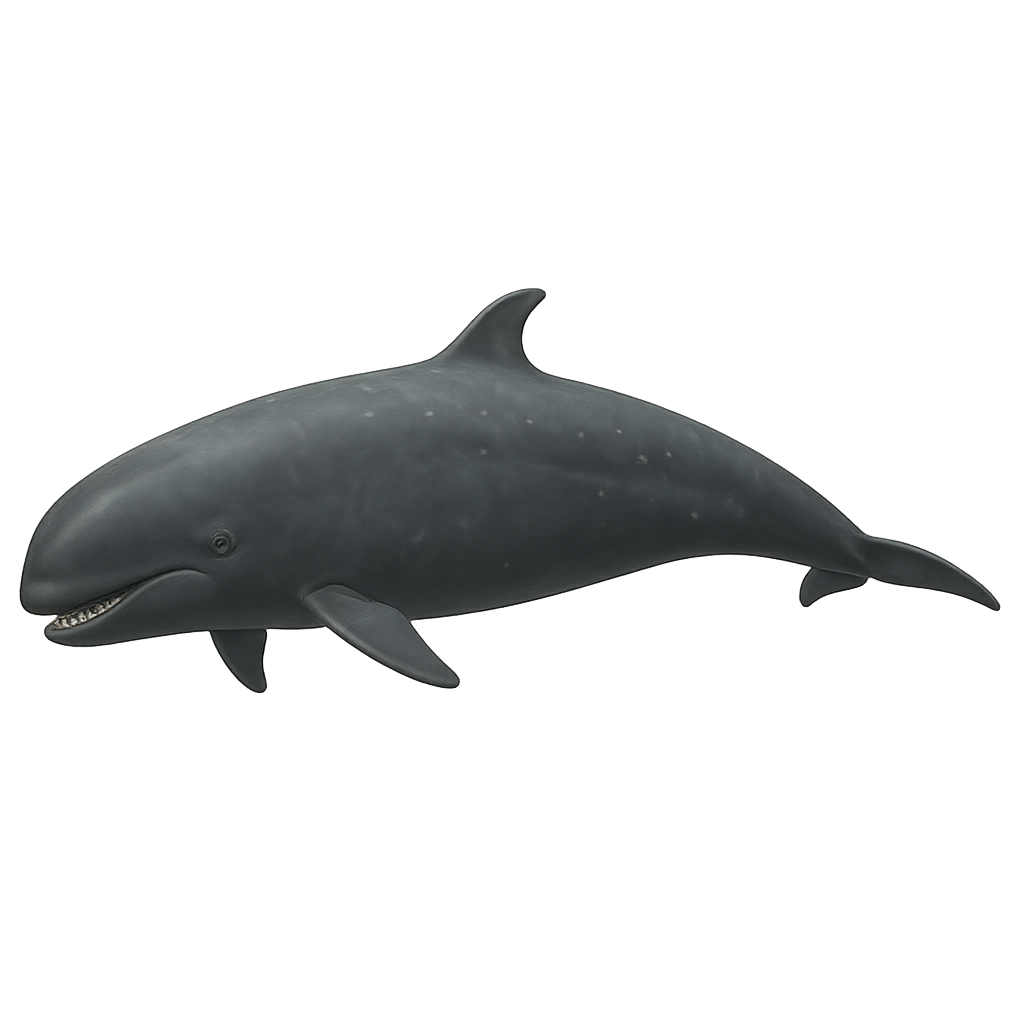Your wildlife photography guide.
Explore the pseudo-orca in detail, study its behavior, prepare your shots.
Where to observe and photograph the pseudo-orca in the wild
Learn where and when to spot the pseudo-orca in the wild, how to identify the species based on distinctive features, and what natural environments it inhabits. The WildlifePhotographer app offers tailored photography tips that reflect the pseudo-orca’s behavior, helping you capture better wildlife images. Explore the full species profile for key information including description, habitat, active periods, and approach techniques.
Pseudo-orca
Scientific name: Pseudorca crassidens

IUCN Status: Threatened
Family: DELFINIDAE
Group: Marine mammals
Sensitivity to human approach: Suspicious
Minimum approach distance: 15 m
Reproductive period: January to December
Duration: 300-400 jours
Births: January to December
Habitat:
Pacific Ocean, South China Sea, Indian Ocean
Activity period :
Activity varies depending on season, weather, or human pressure.
Identification and description:
The False killer whale is a large cetacean belonging to the dolphin family, known for its resemblance to the orca. However, unlike the orca, the false killer whale generally lives in warmer waters and is more discreet. It primarily feeds on fish, squid, and small marine mammals. Although its social behavior and ability to hunt in groups are remarkable, the false killer whale is threatened by marine pollution and accidental captures in fishing nets.
Recommended lens:
400 mm – adjust based on distance, desired framing (portrait or habitat), and approach conditions.
Photography tips:
Photograph the False killer whale using a telephoto lens to capture its distinctive silhouette, especially when groups are hunting together or interacting with one another. It is best to photograph early in the morning or late in the afternoon when the light is softer and the animal is more active. Be patient and maintain a respectful distance, as the false killer whale is a fairly discreet animal that prefers to avoid human approach.
The WildlifePhotographer App is coming soon!
Be the first to explore the best nature spots, track rutting seasons, log your observations, and observe more wildlife.
Already 1 432 wildlife lovers subscribed worldwide

